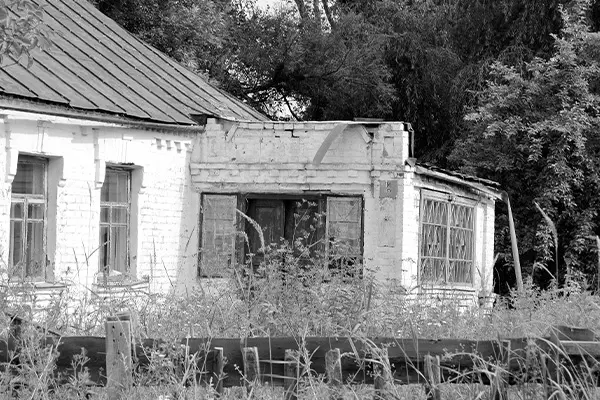
The Environmental Protection Agency (EPA) is entering a new phase of its asbestos risk evaluation. The agency will now investigate the current risks posed by past asbestos use.
In June 2022, it released Risk Evaluation for Asbestos Part 2 (Part 2). This document outlines the plan to examine how past asbestos use and future asbestos disposal may affect public health. Part 2 comes after the Final Risk Evaluation for Asbestos, Part 1: Chrysotile Asbestos (Part 1) report received criticism from environmental, worker and asbestos awareness groups.
The EPA must propose a rule to manage asbestos if it concludes the mineral poses an unreasonable risk to public health. The agency has the power to ban asbestos, which advocates argue is the only way to protect public health and decrease mesothelioma rates.
EPA’s Previous Asbestos Risk Assessment Received Plenty of Criticism
The EPA’s new risk assessment plan comes after Part 1 received criticism for its limited scope. Completed in 2020, Part 1 only looked at the risks posed by chrysotile asbestos. Chrysotile is the only type of asbestos still imported and processed in the United States. The EPA cited this as the reason why it only examined this one type.
As many critics pointed out, Part 1 ignored other exposure risks posed by all types of asbestos. This includes past use as well as air, water and talc contamination.
Critics also argued that Part 1 violated the law. Specifically, they said the EPA misinterpreted changes made in 2016 to the Toxic Substances Control Act (TSCA). These changes increase the EPA’s authority to address risks caused by harmful minerals. They also require the EPA to take certain actions if it finds minerals like asbestos pose a danger to public health.
EPA’s New Asbestos Risk Assessment Will Focus on Risks Posed by Past Asbestos Use
The 2019 court decision against the EPA required the agency to examine the risks posed by legacy asbestos uses. A legacy use is a commercial asbestos activity that no longer happens but still poses a threat through use or disposal.
For example, asbestos is no longer used in building construction. But owners of older homes may be at risk of this legacy use if asbestos materials in their homes become worn or damaged over time.
The EPA released the Part 2 scope document in June 2022. The document outlines how the agency will look at risks posed by legacy uses of the six main types of asbestos. The final risk evaluation is scheduled to be published in December 2024.
The EPA plans to focus on the risks of asbestos disposal and potential exposure pathways, including air and water. The agency also notes that asbestos-containing talc is a particular area of concern. In recent years, the contamination of talc products with asbestos has led to tens of thousands of asbestos lawsuits.
A Complete Ban on Asbestos Would Help Decrease Mesothelioma Rates
When the EPA completes the Part 2 risk evaluation, it may conclude that legacy asbestos use poses a significant public health risk. If this happens, the agency has the authority to implement a regulation banning asbestos in the United States.
Advocates argue that only a full ban can help prevent exposure and decrease mesothelioma rates. They point out that any level of asbestos exposure can cause a person to develop an asbestos-related disease.
The EPA’s Risk Evaluation for Asbestos Part 2 is an opportunity to limit the harms caused by asbestos exposure. The agency will release a draft of its evaluation before publishing the final version. This will give people an opportunity to weigh in on its assessment and advocate for a full ban.




